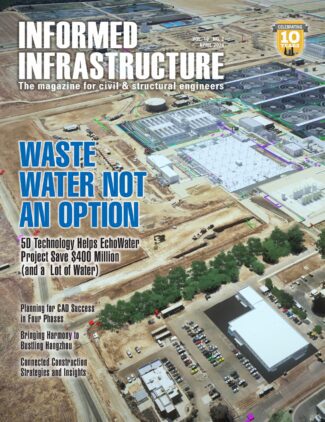Redlands, California—Esri, the global leader in smart mapping, has published Map Use: Reading, Analysis, Interpretation, eighth edition. Esri president Jack Dangermond called the 650-page textbook "a comprehensive primer for using maps effectively." Map Use teaches...
Breaking News
- Northern Plains UAS Test Site Celebrates 10-Year Anniversary
- Successful Deployment of HawkEye 360 Microsatellite Clusters 8 and 9
- Euroconsult And Spacetec Partners Merge To Form Novaspace – The Global Leading Consulting Firm In The Space Sector
- Draganfly to Showcase Cutting-Edge Drone Technologies at XPONENTIAL 2024 in San Diego
- HyLight raises €3.7 million ($4 million) to decarbonize aerial inspection with its hydrogen-powered airship drone

